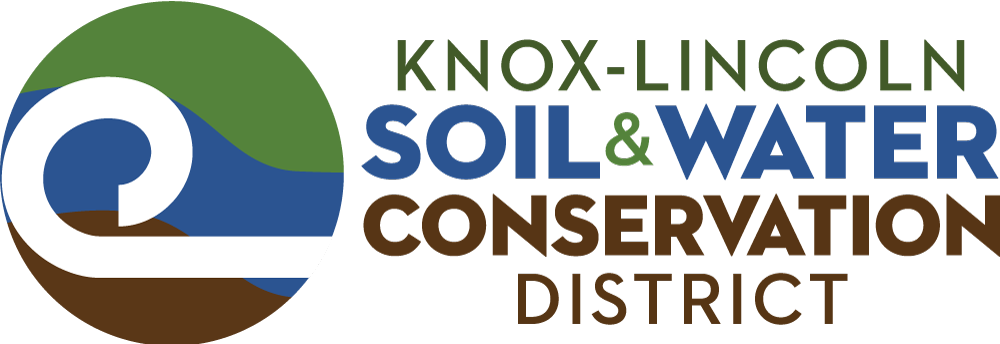Criteria 2: Practice Soil and Water Conservation
Introduction
Soil & Water Conservation Districts exist for these two critical resources. Nationwide, we seek to support best management practices for landowners via education, outreach, and technical assistance. Districts know that successful landscapes whether existing or newly planted, designed or wild, will only survive—and thrive—if plants are growing in adequate soil and receiving regular water whether it is for horticultural or agricultural purposes. We also know humans create large amounts of built landscape—roads, driveways, buildings, parking lots, etc. It is critical to address stormwater runoff to avoid erosion and potential contamination of nearby waterways. Each property can be considered a piece in the fabric of the larger landscape—all connected. Therefore, each landowner’s soil and water conservation efforts on the landscape contribute to a cumulative collective impact in best management practices, conserving our land and water for generations to come.
Soil Conservation
Soil is an entire ecosystem beneath our feet! It is comprised of water (25%), air (25%), minerals (45%) and organic matter (5%). The texture of the mineral content and organic matter create different soil textures: sand, silt, loam and clay. Combining these elements with the parent material (mineral content), climate, topography, biological factors, and time and you will get one of the 20,000 types identified here in the United States! Each of these soil types support different plant and animals accordingly. Our soils provide foundations for our buildings, farms, gardens, and infrastructure. Every time we disturb it, soil particles and anything attached to it, especially pollutants can runoff into our water resources. As a result, it is important to keep our soils intact.
Water Conservation
Water is critical for life. Here in Maine, we are fortunate to have an abundance of both fresh and salt water alike contributing to drinking water, recreation, fisheries, agriculture and more. Whether you live on top of a mountain of right on the coastal shoreline, you live in a watershed. 50% of all rainfall ends up as runoff traveling across surfaces and ending up in the nearest stream, river, lake, or ocean. That means what you do on your property can help—or hurt—the watershed you live in. Thus, every additional measure you take to infiltrate, divert or use rainfall on site will reduce potential nonpoint source pollution in your communities’ waterways.
Resources
Conservation Landscape Certification Resource Guide
Links to Online Resources
Recommended Books

